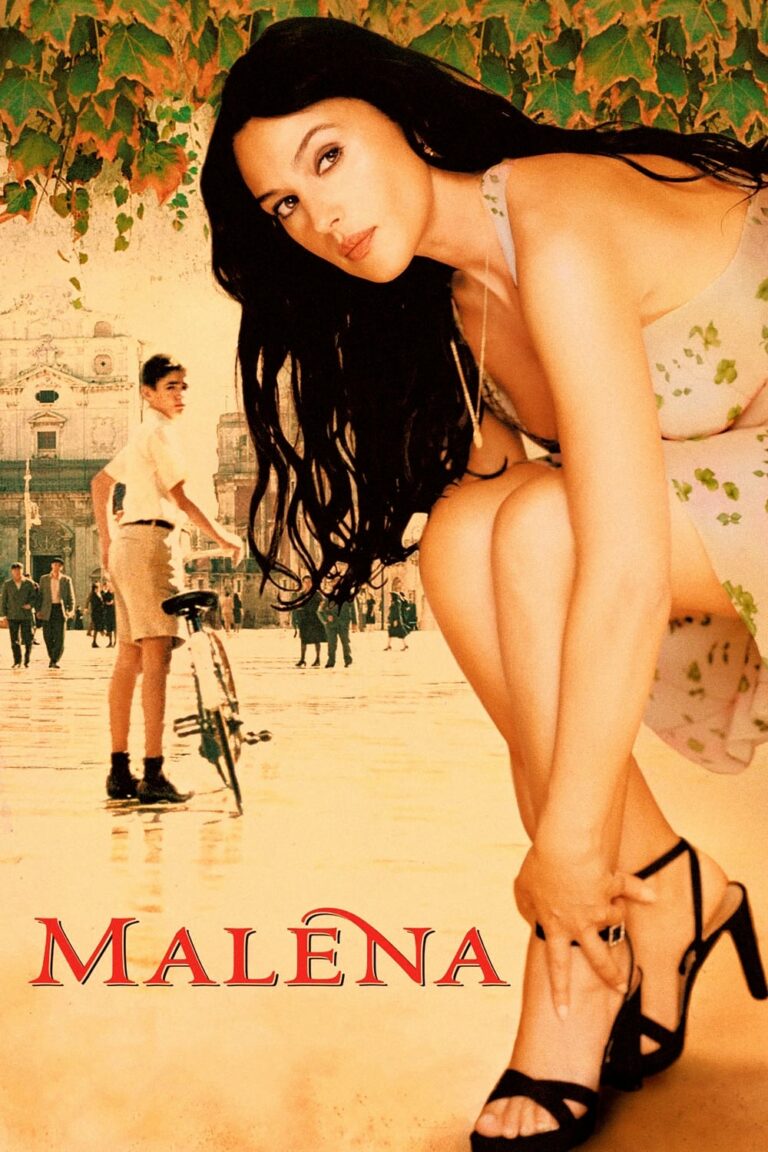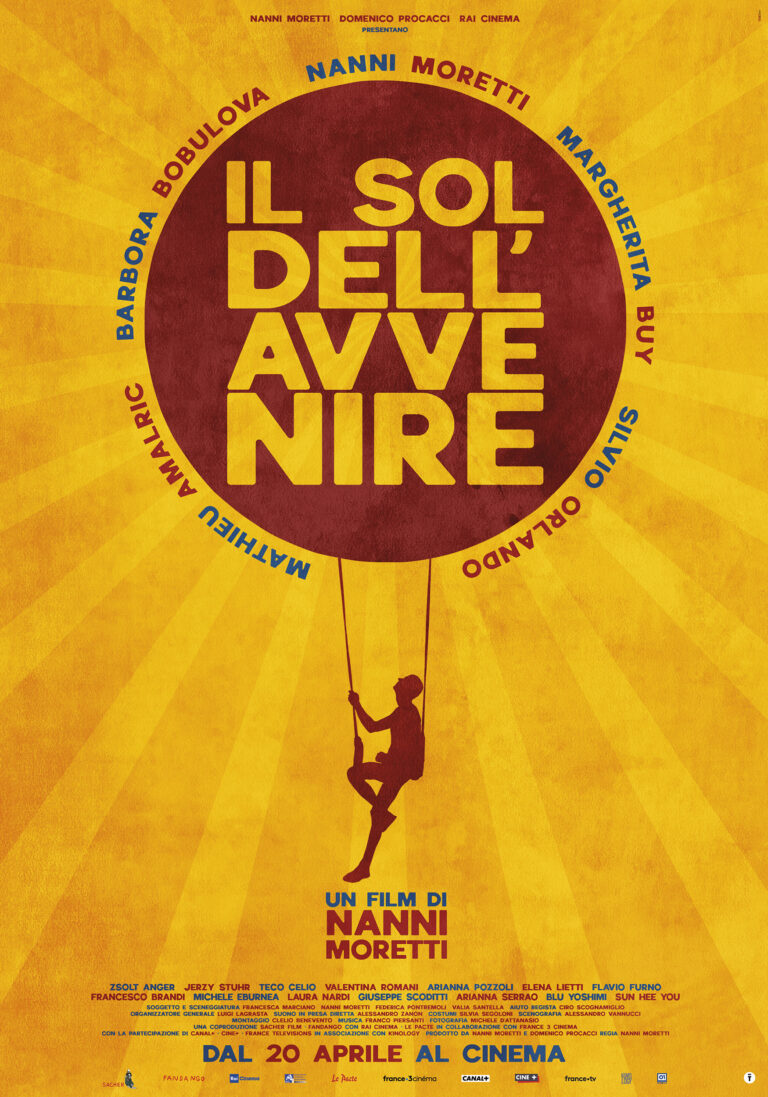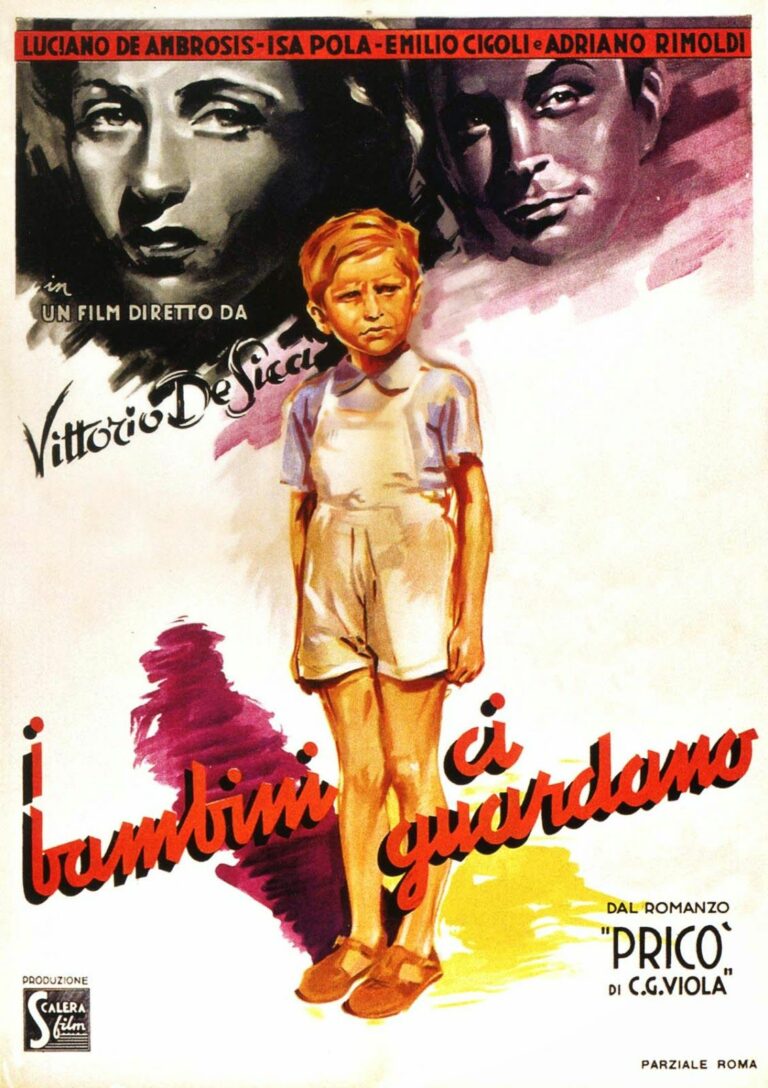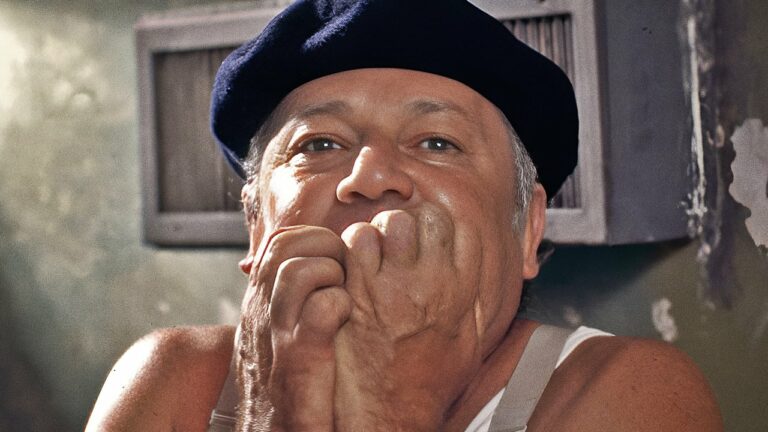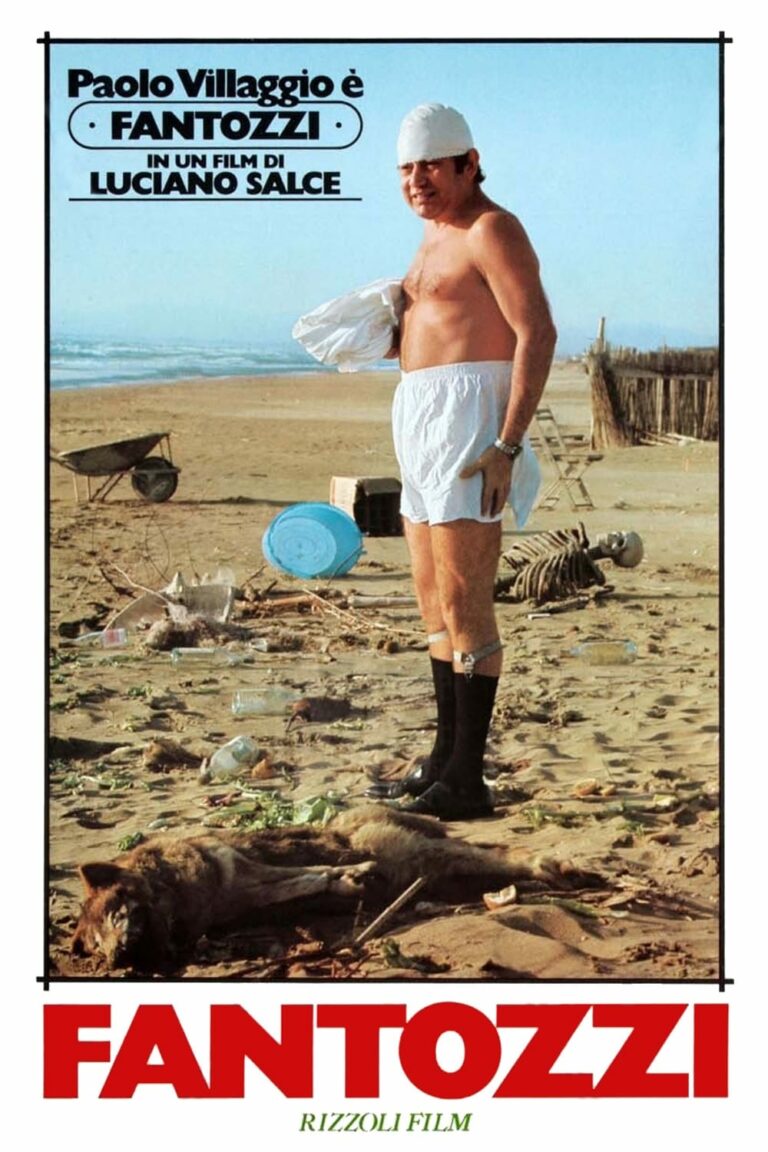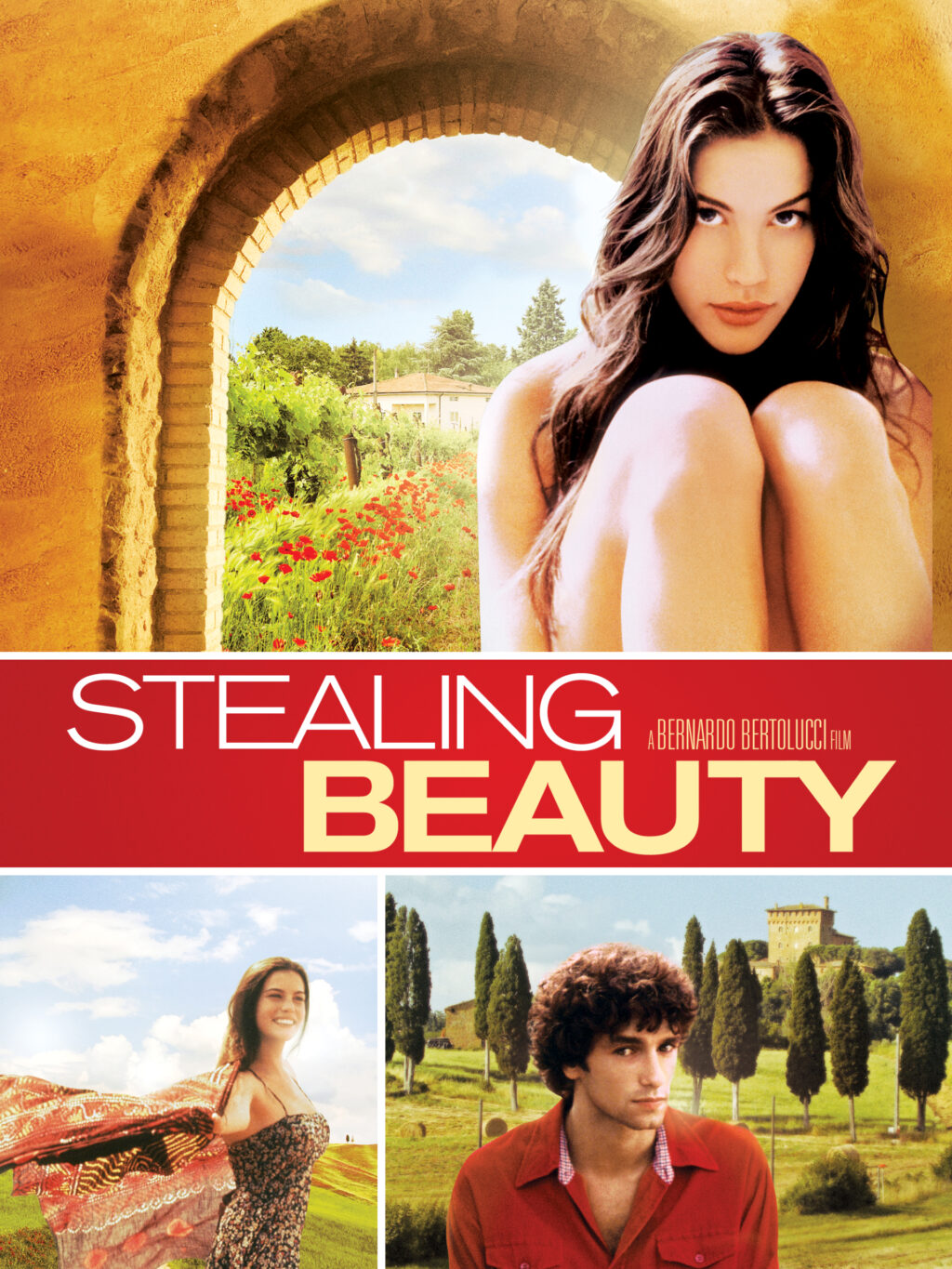
Stealing Beauty (Beauté volée in French; Io ballo da sola in Italian) is a 1996 drama directed by the legendary Italian filmmaker Bernardo Bertolucci. Known for his rich cinematography and deeply intimate narratives, Bertolucci crafts a visually stunning and emotionally evocative film that explores themes of identity, love, grief, and artistic expression. The film stars Liv Tyler in her breakout role, alongside an ensemble cast featuring Jeremy Irons, Joseph Fiennes, Sinéad Cusack, and Rachel Weisz.
Co-written by Bertolucci and Susan Minot, Stealing Beauty unfolds against the breathtaking backdrop of the Tuscan countryside, immersing viewers in a world of artistic freedom and personal awakening.
The Story of Lucy Harmon
The narrative follows Lucy Harmon (Liv Tyler), a 19-year-old American who travels to a picturesque villa near Siena, Italy, after the untimely death of her poet mother. Her journey serves two purposes: to reconnect with an Italian boy she kissed years earlier and to unravel the mystery of her biological father’s identity—a secret her mother left behind in her journals.
At the villa, Lucy encounters an eclectic group of residents, including Alex Parrish (Jeremy Irons), a terminally ill English writer who becomes a confidant, and a host of artists and bohemians, many of whom shared deep ties with her late mother. Through their eyes, Lucy begins to piece together fragments of her mother’s past while navigating her own emotions.
As Lucy immerses herself in the villa’s free-spirited environment, she experiences a range of emotions: grief for her mother, a budding curiosity about love and intimacy, and a growing desire to find her place in the world. The film’s emotional climax unfolds in the serene Tuscan fields, where Lucy’s first sexual experience becomes a symbolic moment of self-discovery and transformation.
Themes and Atmosphere
Stealing Beauty is as much about the journey of self-discovery as it is about the environment in which it unfolds. The radiant Tuscan landscape, captured in exquisite detail by cinematographer Darius Khondji, serves as both a character and a canvas. The villa and its surroundings become a sanctuary where Lucy explores love, loss, and identity amidst a vibrant mix of art and sensuality.
Bertolucci’s direction masterfully blends introspection with sensuality, reflecting Lucy’s inner awakening against the backdrop of Italy’s timeless beauty. The use of 16mm film enhances the tactile, intimate quality of the visuals, drawing viewers into Lucy’s world.
Critical Reception
Upon its release, Stealing Beauty received polarized reviews. Critics universally praised the film’s visuals and atmospheric tone. Roger Ebert of the Chicago Sun-Times called Liv Tyler “a luminous presence,” applauding her portrayal of Lucy’s quiet strength and vulnerability. The soundtrack, featuring artists like Mazzy Star, Portishead, and Marvin Gaye, also earned acclaim for deepening the film’s emotional resonance.
However, some critics found the pacing uneven and the script occasionally leaning into clichés. The New York Times noted that while the film was visually captivating, its exploration of Lucy’s coming-of-age journey lacked narrative depth.
Audiences, on the other hand, were enchanted by the film’s romanticism and artistic sensibilities, helping it secure a devoted following over the years.
A Lasting Legacy
Despite its mixed critical reception, Stealing Beauty has gained a cult status as one of Bertolucci’s more accessible works. Its exploration of youth, memory, and the search for belonging continues to resonate with audiences. The film’s combination of sensual storytelling, poetic visuals, and a hauntingly beautiful soundtrack ensures its place as a touchstone of 1990s cinema.
Premiering in Italy in March 1996 and later showcased in the Official Selection at the Cannes Film Festival, the film captivated audiences with its audacious themes and stunning cinematography. Its U.S. release on June 14, 1996, further cemented Liv Tyler’s status as a rising star.
Stealing Beauty remains a poignant celebration of self-discovery and the unyielding ties between art, identity, and love, offering viewers a glimpse into the beauty and complexity of youth.
